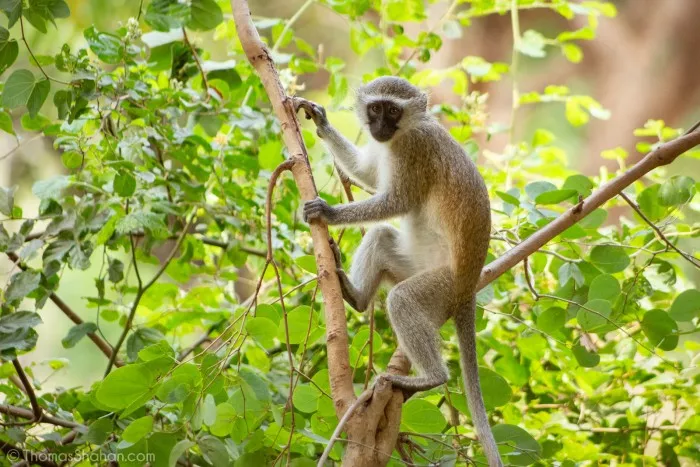According to a new study by the Australian National University (ANU), evolutionary raw materials are much richer in wild animals than previously thought Darwinian evolution refers to the process of genetic changes of traits conducive to individual survival and reproduction caused by natural selection. The speed of evolution depends largely on genetic changes between individuals.

Data map
An international research team led by Dr timoth é e bonnet of Anu wants to know how much of this genetic difference, or "evolutionary fuel", exists in wildlife populations. The answer is: two to four times as much as previously thought.
Dr bonnet pointed out that the evolutionary process described by Darwin was an incredibly slow process. "However, since Darwin, researchers have found many examples of Darwinian evolution in just a few years. A common example of rapid evolution is the pepper moth, which was mainly white before the British Industrial Revolution. With pollution leaving black smoke on trees and buildings, black moths have a survival advantage because it is more difficult for birds to find them. Because the color of moths determines the probability of survival, And because of genetic differences, the British population was soon occupied by black moths. "
This study is the first large-scale systematic assessment of the speed of evolution, not ad hoc. A team of 40 researchers from 27 scientific institutions used research on 19 wildlife populations from around the world. These animals include Australian cranes, Tanzanian spotted hyenas, Canadian songbirds and Scottish red deer.
"We need to know when each individual is born, who they mate with, how many offspring they have, and when they die. Each study has been conducted for an average of 30 years, which provides the team with incredible 2.6 million hours of field data," Dr. bonnet said. "We combine these data with the genetic information of each animal studied to estimate the extent of genetic differences in the reproductive capacity of each population."
After three years of mining a large amount of data, Dr. bonnet and the team were able to quantify the extent of species changes caused by genetic changes caused by natural selection.
"This approach provides us with a way to measure the potential speed of current evolution in response to natural selection of all traits in a population. This is something we couldn't do with previous methods, so it's a surprise for the team to see so many potential changes," Dr. bonnet said
Also from the Australian National University Professor loeske kruuk, who currently works at the University of Edinburgh in the UK, said: "this is a great team effort and is feasible because researchers from all over the world are willing to share their data in large-scale cooperation. In addition, it also shows the value of long-term research on detailed monitoring of animal life history, which can help us understand the evolution of wild animals."
However, the researchers warn that it is too early to judge whether the actual rate of evolution has become faster over time.
"We don't know whether species are adapting faster than before because we don't have a baseline. We only know the recent potential. The amount of 'fuel' is higher than expected, but not necessarily higher than before," bonnet said.
According to the researchers, their findings also have an impact on predicting the adaptability of species to environmental changes.
"This study shows us that evolution is a process that allows species to survive in response to environmental changes," bonnet said
Dr. bonnet pointed out that because climate change is predicted to increase at an increasingly rapid rate, there is no guarantee that these populations will be able to keep up. "But what we can say is that evolution is a more important driving force in the adaptability of populations to current environmental changes than we previously thought."